Travel back in time at these six historical Potomac River sites
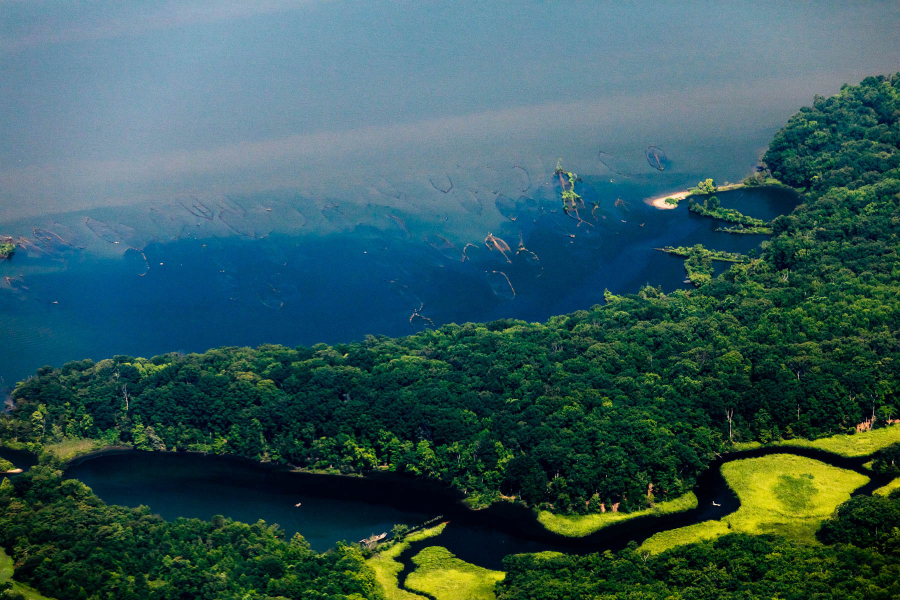
The Potomac has earned the nickname of “the Nation’s River” because of D.C.’s location on the river, but it holds much more significance than that. It is home to many sites that have played an important role in the nation’s history and has provided—and in many places still provides—an economic engine to the communities that popped up along its shores.
Plenty of sites along the Potomac River provide recreation and give a taste of the nation’s history that residents and visitors alike can enjoy.
1. Fairfax Stone
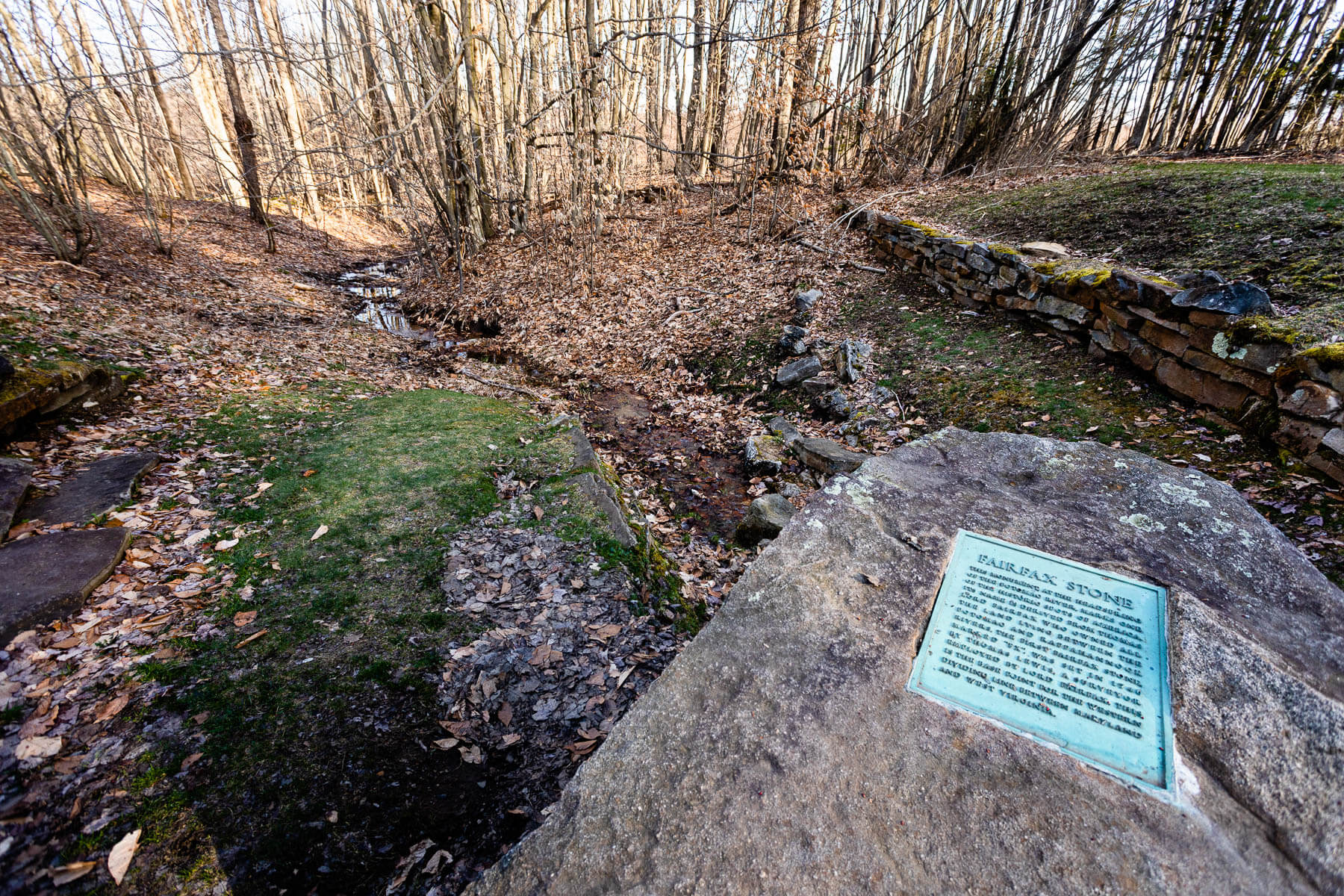
The Potomac River begins as two separate branches, to the north and south, before they flow together near Green Spring, West Virginia, to become the main stem. Those two branches have been the source of confusion, causing disputes between Virginia and Maryland and eventually leading to the Supreme Court.
It all began in the 1600s, when Cecilius Calvert and Thomas Colepeper both received land grants for what would later become the states of Maryland and Virginia. Both used the Potomac River as a boundary, but did so in a way that meant their territories overlapped, leading to disputes between the two areas.
Then, in the first half of the 1700s, attempts were made to find the source of the Potomac River. Surveyors determined that the source began with the headwaters from the North Branch and placed a marker there that became known as the Fairfax Stone.
That stone was significant because it was used to determine Maryland’s western border. However, the north branch of the Potomac River travels slightly west from the Fairfax Stone before turning back east. Maryland felt that its western border should begin as far west as the river branch extends. This added another argument to a series of border disputes with Virginia.
The arguing continued through the 1800s, until after the Civil War, when the newly-created West Virginia inherited the problem. Eventually, a lawsuit was filed in 1890 that made it all the way to the Supreme Court. The court decided that, even though the Fairfax Stone does not sit at the North Branch’s westernmost point, the marker had been in use long enough that more disruption would be caused by undoing it.
2. C&O Canal National Historic Park
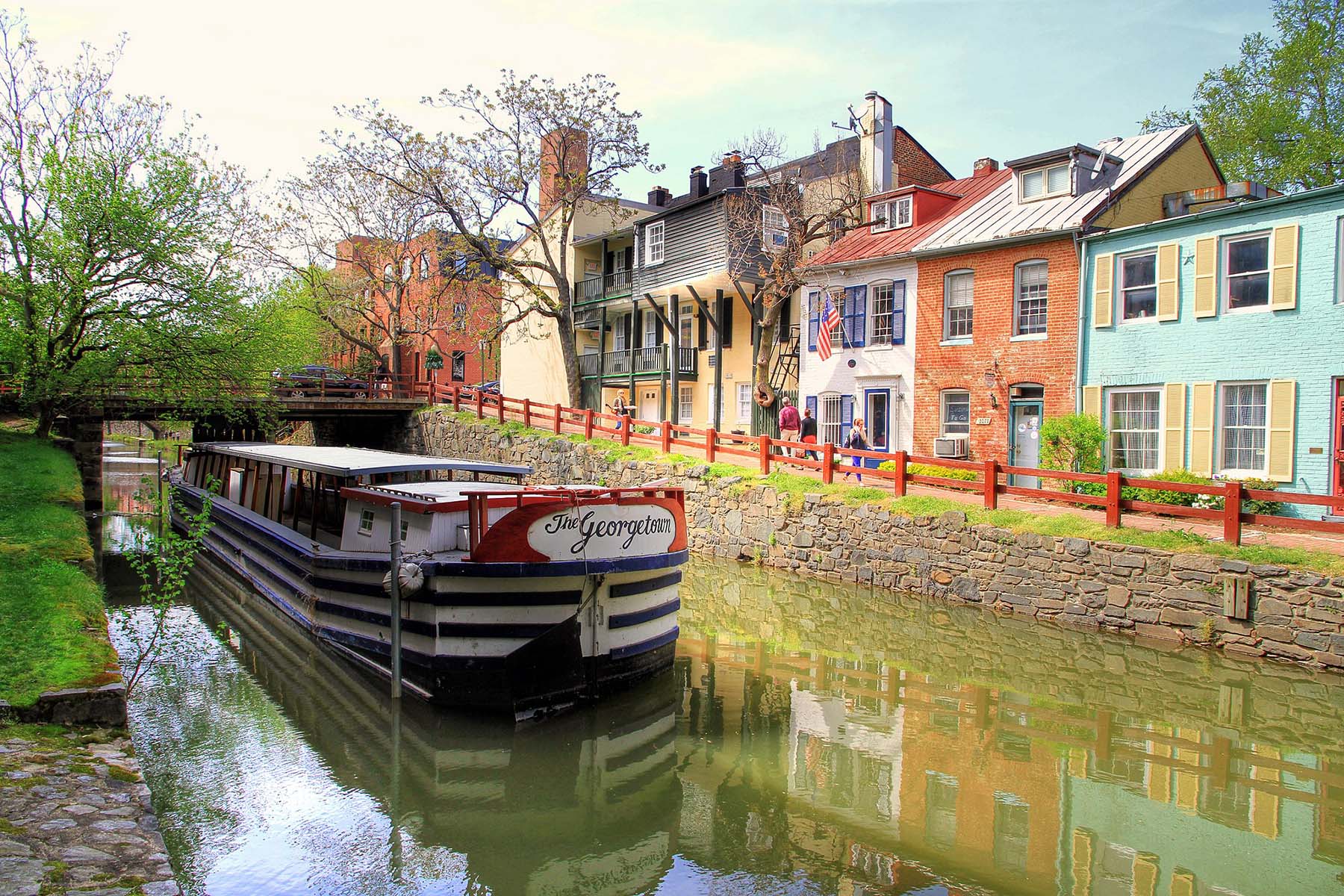
Traveling northeast on the Potomac will take you to Cumberland, Maryland, where you’ll meet the terminus of the Chesapeake and Ohio (C&O) Canal. The canal’s construction began in 1828 and was meant to connect Washington, D.C., to the headwaters of the Ohio River in Pittsburgh. However, the project was plagued by delays, rough construction and increasing expenses.
By the time the canal reached Cumberland 22 years later, those ambitious plans had been abandoned due to time and money. The canal moved cargo—mainly coal—between Cumberland and D.C. from 1850 to 1924. It generally took the 90-foot boats seven days to complete the trip, and they were pulled by mules that walked on a path alongside the canal.
After the last boat was pulled through the canal in 1924, it fell into disrepair and disuse. The United States government bought it in 1938 to repair and turn into a recreation area, which was designated a national historic park in 1971.
Now, the C&O Canal offers a variety of outdoor recreation opportunities. The towpath that runs the length of the 184.5 mile canal is great for walking, running or biking. The path also offers glimpses of over 1,000 historic structures, and there are plenty of spots to launch a kayak or canoe. Some of those historic structures are the canal’s six restored lockhouses.
Those traveling along the towpath, or just looking for an interesting place to stay, can rent one of for an event or to spend the night. These lockhouses let visitors travel back in time, as each has been restored to tell a story about a different period in canal history.
Along with walking or biking, you can experience the C&O Canal by riding on it. Mules still walk the towpath, pulling a replica cargo boat from the 1870s. You will get to experience rising eight feet in the lock while also listening to park rangers, dressed in period clothing, describe what life was like for the people who lived and worked on the canal.
You can catch a ride on this boat in Great Falls, Maryland, but tickets must be purchased in advance, ranging from $5 to $8. Another way to ride the canal is in a replica canal launch boat from the 1920s. These boats leave form Williamsport, Maryland, and offer a free, hour-long history lesson and spectacular views from the water.
3. Woodlawn and Pope-Leighey House
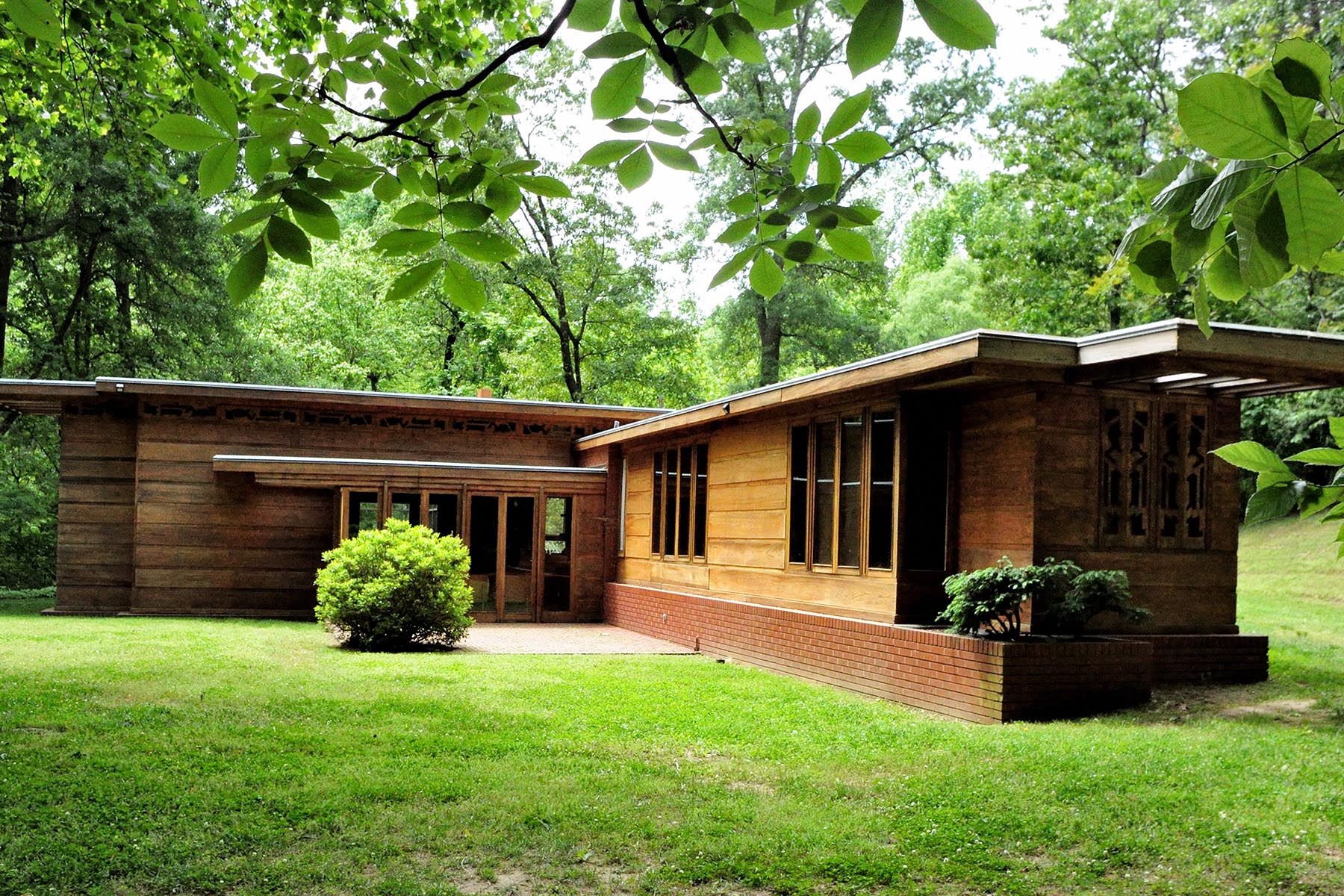
Mount Vernon is George Washington’s famous home along the Potomac River, but did you know that there are two other significant homes, just a few miles away?
The first is Woodlawn, a home built on land that originally belonged to Washington, but was a gift to his nephew, Lawrence Lewis, when he was got married in 1799. The house Lewis ended up living in—which still stands today—was designed by William Thornton, the architect of the U.S. Capitol.
The land was eventually sold in 1846 to Quaker timber merchants who were staunch abolitionists and purposely operated the Virginia farm using only free labor. After the Civil War, the house passed hands a few times, and by the 20th century its owners worked to restore it to its former glory.
Its last famous resident was Oscar Underwood, a retired senator from Alabama who was a staunch opponent of the Ku Klux Klan. He lived there from 1925 until his death in 1929. The house has been a museum since 1949.
Located on the same property is another house, much younger and smaller than its neighbor, but well worth the visit. The Pope-Leighey House was designed by architect Frank Lloyd Wright in 1939 following his “Usonian” style, and was meant to be able to provide middle-class families with affordable housing.
In 1965, it was moved to the Woodlawn property in order to move it out of the way of a highway expansion project. Both homes are now owned and operated by the National Trust for Historic Preservation.
4. Mallows Bay-Potomac River National Marine Sanctuary
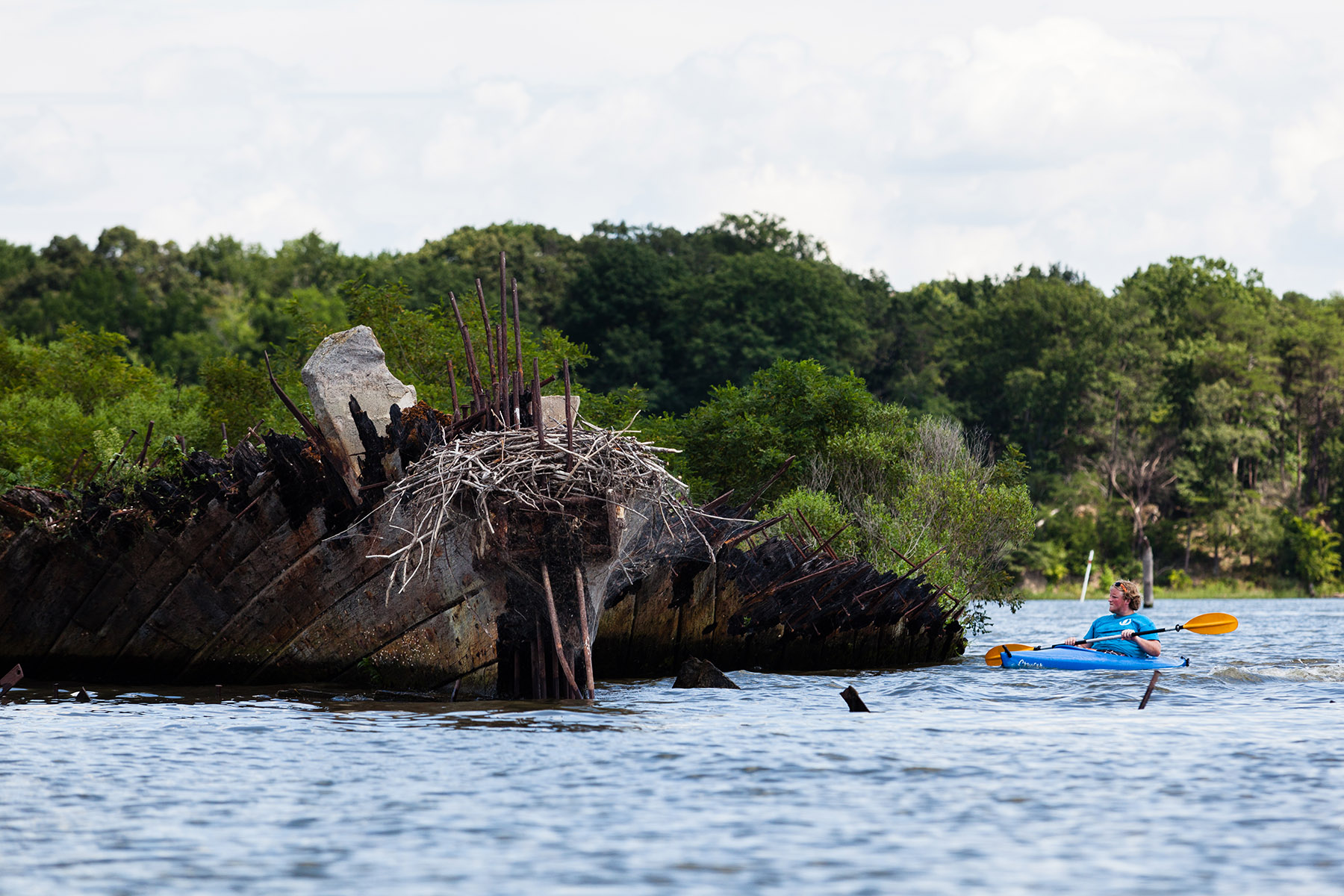
About 40 miles south of Washington, D.C., is a fleet of nearly 200 ships—all underwater. They are the “Ghost Ships” of Mallows Bay and make up the largest collection of shipwrecks in the Western Hemisphere. The ships range in age; some date as far back as the Revolutionary and Civil wars! About 100 were built as part of the U.S. Emergency Fleet as the country entered World War I.
Finished too late to be of use in the war effort, they were declared surplus by the federal government. They were bought by a salvage company, stripped of their reusable parts and buried in Mallows Bay. Their outlines can still be seen from above. In many places, parts of the ships appear above the water—unlike most shipwrecks, which are completely submerged.
The “Ghost Fleet” has let nature take her course. The rusting and decaying ships have become habitat for fish, vegetation has taken root on the surfaces and birds like osprey and herons have built nests. The area has become great habitat for striped bass, white perch, channel catfish and blue crab, among other underwater species.
Mallows Bay has become very popular for recreational fishing. Accessible only by boat, Mallows Bay offers a unique way to interact with both history and nature. Mallows Bay offers more than a submerged maritime museum: it contains archaeological artifacts dating back 12,000 years. Listed on the National Register of Historic Places, the site also became the first National Marine Sanctuary in the Chesapeake Bay region.
If you can’t make it out on the water, you can take a virtual tour of Mallows Bay with the Chesapeake Conservancy.
5. Caledon State Park
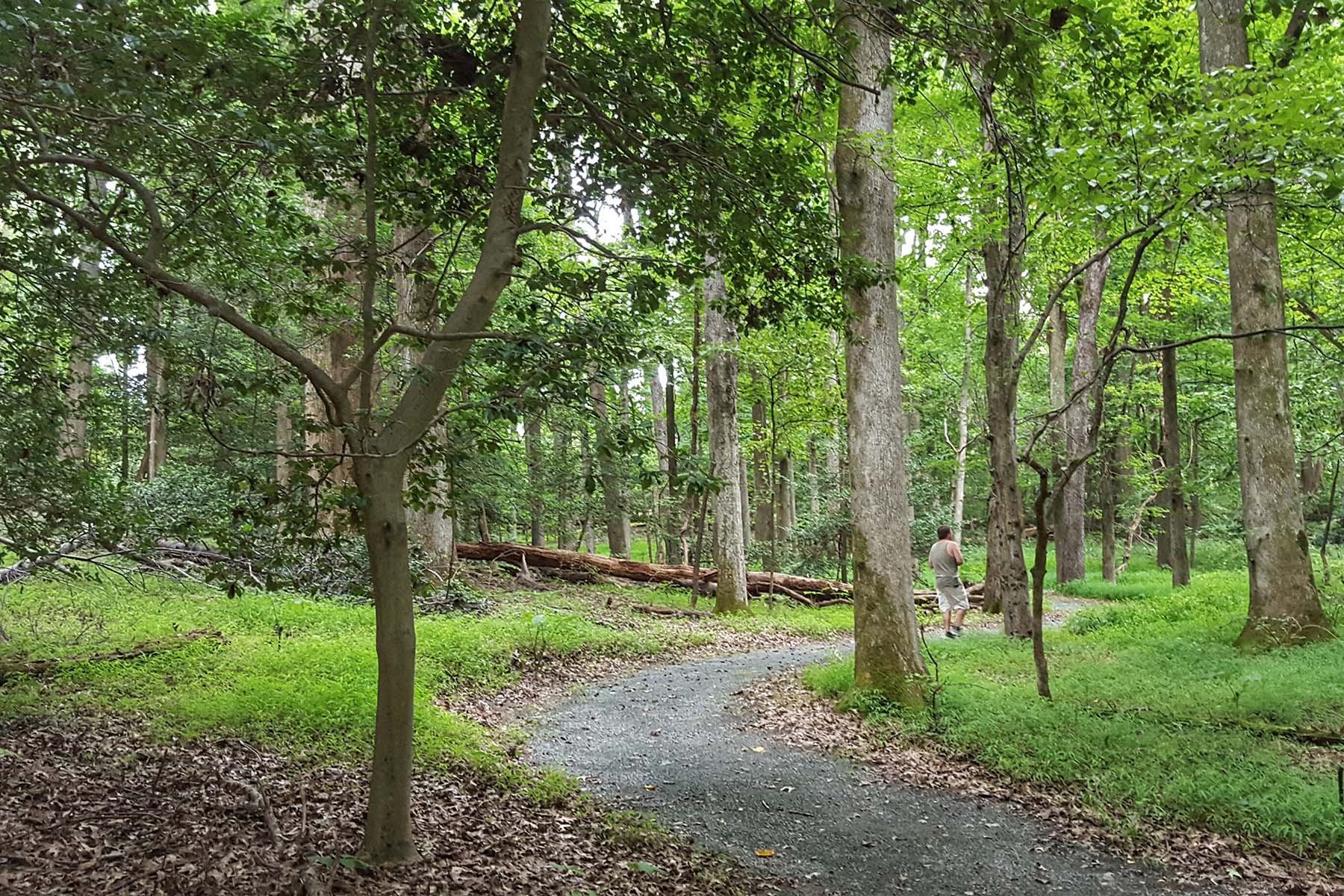
One of 10 National Natural Landmarks in Virginia, Caledon State Park is known its old-growth forest, including some oak-tulip poplar trees that are 200 years old. This spot, on the southern banks of the Potomac River, is also known as a summer home for bald eagles and has over 120 other bird species.
To protect the birds, access to the marshes along the river is limited, but the park offers seasonal tours of the eagle habitat. Along with the wide variety of birds, Caledon State Park also boasts 21 species of mammals, 30 species of reptiles and amphibians and 500 species of plants.
You can try to get a glimpse of them all on the park’s 14 different trails. The most popular trail is the two-mile Boyd’s Hole Trail, which will take you right to the Potomac. Keep an eye out along the beach for sharks’ teeth, fossil shells and even crocodile teeth!
The park is also known for its events. It has an annual Art and Wine Festival in the fall and special Plein Air painting evenings. Rangers host night hikes, kayak programs, conducted walks, astronomy, storytelling, bonfire programs, birdwatching and crafts as well to get people outside and enjoying all the park has to offer.
6. Point Lookout State Park
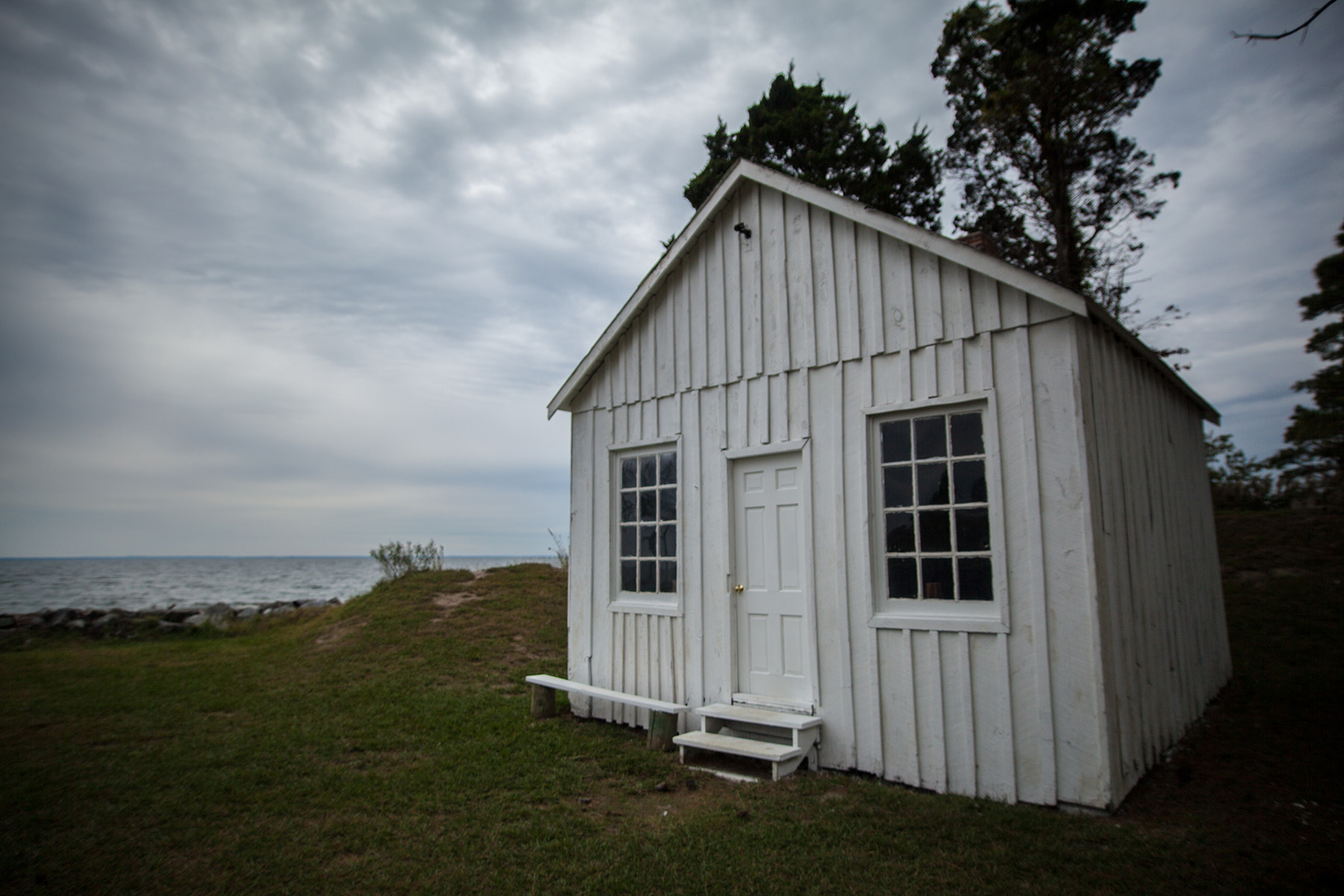
Get one last look at the Potomac River where it meets the Chesapeake Bay at Point Lookout State Park. Located on a narrow peninsula, Point Lookout State Park separates the Potomac River on the west from the Chesapeake Bay on the east.
This spot was strategically important to the colonists during the American Revolution and the War of 1812, serving as a lookout point for watchmen to convey news of British movement.
For that reason, it was subject to raids by the British. A lighthouse was built in 1830, and during the Civil War, the peninsula served as a prison for Confederate soldiers.Today, the spot is a popular place for swimming, hunting, fishing, boating, hiking and camping.
Point Lookout Lighthouse still stands, although it is no longer active, and the park’s visitor center is home to a museum with exhibits about the Civil War prison and the area’s natural and cultural history.
Looking for more fun on the Potomac River? Check out www.paddlethepotomac.com for launch information, water trails and trip itineraries.

Comments
American history lovers or just those who admired George Washington should travel to Mount Vernon where George and Martha lived. Guests get to visit the Mansion and Washington’s Tomb and feel what it was like to spend the day on about 50 acres of his stunning plantation.
WOW I love these amazing, historical sites of the Potomac River! This was a very helpful and great website.
Thank you!
Your comment has been received. Before it can be published, the comment will be reviewed by our team to ensure it adheres with our rules of engagement.
Back to recent stories